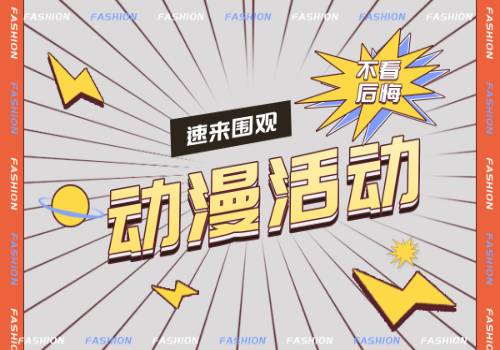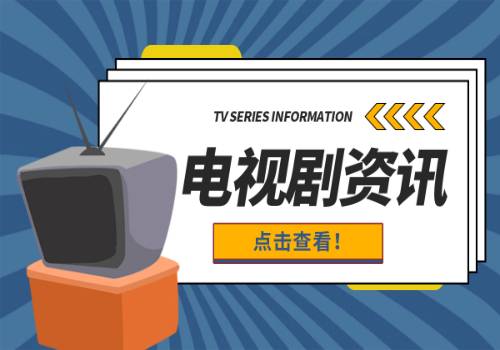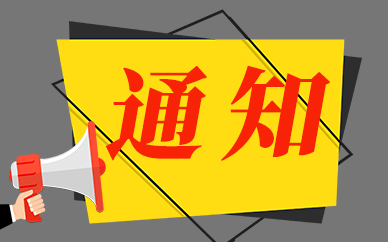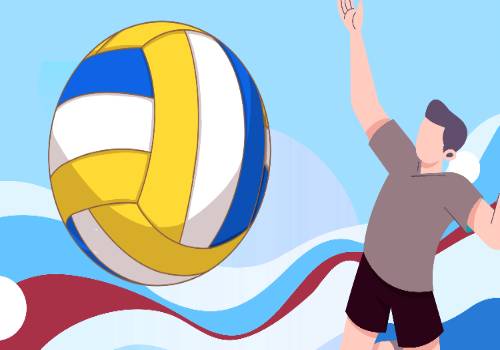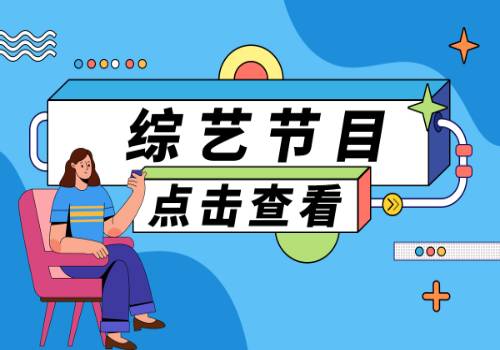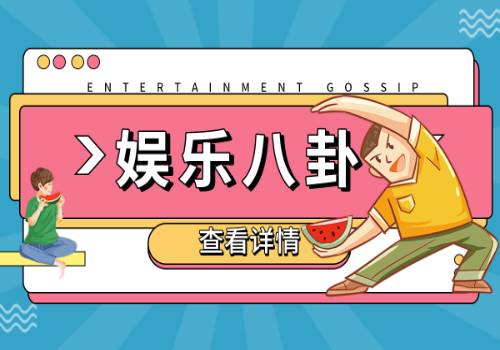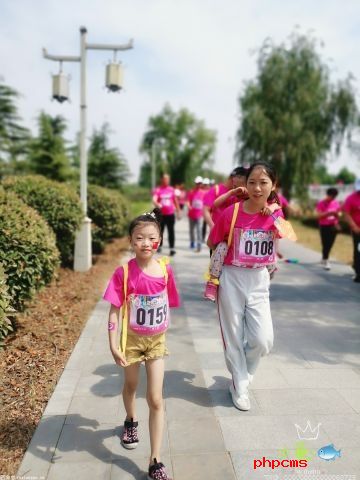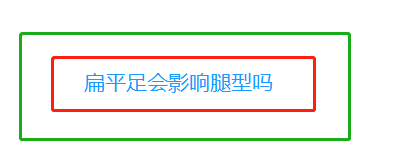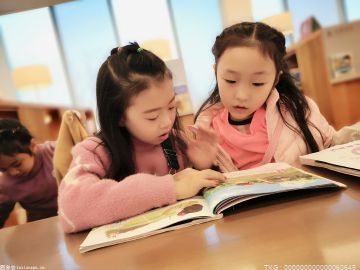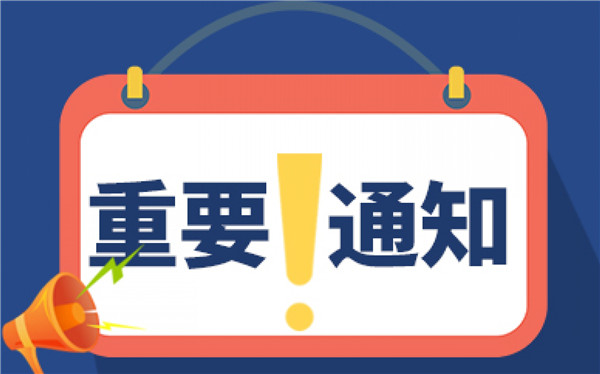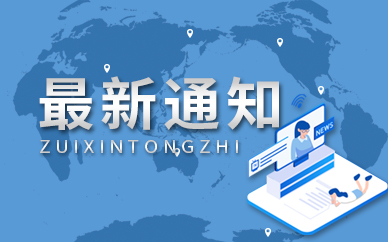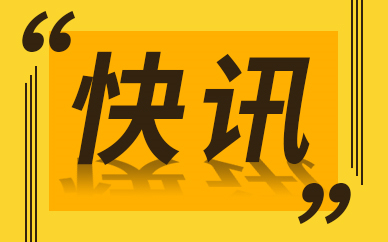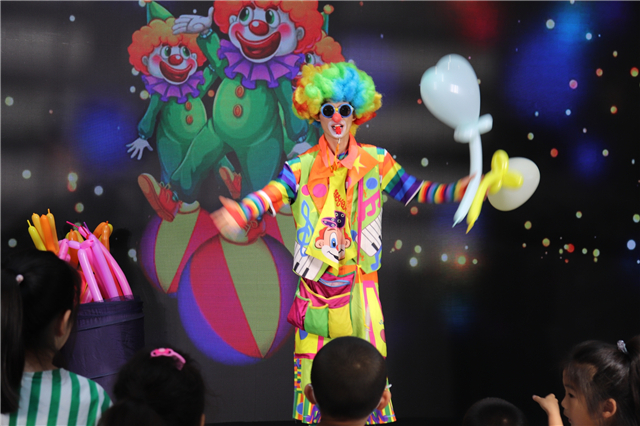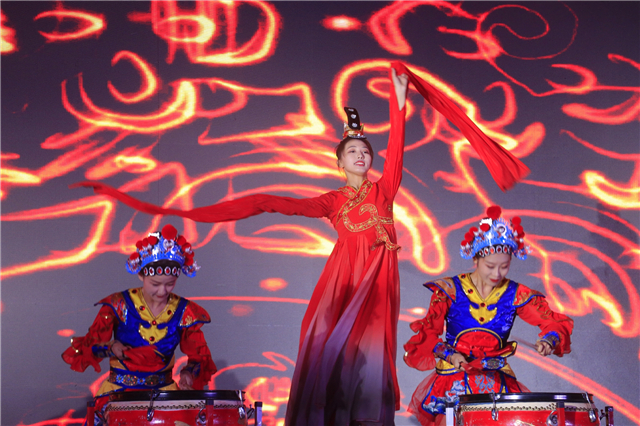从译者风格的角度比较《雾都孤儿》的两个中译本开题报告 世界简讯
互联网 2023-02-08 12:53:17
 (资料图片)
(资料图片)
从译者风格的角度比较《雾都孤儿》的两个中译本开题报告
本科生毕业论文开题报告表 ——从译者风格的角度比较《雾都孤儿》的两个中译本
| 论文名称 | 中文 | 从译者风格的角度比较《雾都孤儿》的两个中译本----运用乔治•斯坦纳翻译四步骤理论 | |||||
| 英文 | A Comparative Study of two Chinese Versions of Oliver TwistFrom the Perspective of Translator’s Subjectivity ---in Line With George Steiner"s Fourfold Translation Motion Theory | ||||||
| 学生姓名 | xxx | 专业 | 英语 | 年级 | 20xx | ||
| 指导教师 | xxx | 职称 | 讲师 | 单位 | 人文社科学院 | ||
| 毕业论文写作时间 | 20xx年 1 月 日至 2013 年 5 月 日 | ||||||
| 一、选题的意义及相关研究文献综述(选题背景)Rationale and Significance of the studyThe translator is the subjectivity of translation and a text-producer in the target culture. In recent years, the academia has witnessed the growth of translators’ studies from different theoretical methods. Translators’ subjectivity and their subjective initiative displayed in the translation process are gradually taken into consideration. Cha & Tian (2003), Xu (2003), Hu (2004) and other scholars emphasized its important role in translation process during their translation studies.Oliver Twist is the second novel by Dickens, whose publication aroused huge success on English society at that time because of its sarcastic and humorous description of real life, the criticism of unequal treatment for the underclass and the evils of hypocritical society. As a world renowned classical works, attentions and studies were given by scholars from home and abroad. Oliver Twist is among the earliest novels that are translated into Chinese. Until now, a variety of Chinese versions have been seen in China. However, there are just a few studies focus on the differences between different translated texts. Moreover, few studies were conducted on the comparison of different Chinese versions in two different centuries from the perspective of George Steiner’s fourfold translation motion theory. After entering in 21thcentury, China has witnessed a rapid development not just in economic but also in culture. The growth of culture to some extent in return influences translators and their works in 21thcentury. This thesis try to analyze two Chinese versions which were published in two different centuries and find out their differences between each other and how translators’ subjectivity affects the quality as well as the style of translators’ works.Literature Review In China, previous studies on Oliver Twist are mainly focused on literature level, such as the characterization analysis carried out by Liu (1999) and Zhang(2010);the appreciation of Dickens’ writing style by Zhao(2008), Ma(2008) and Zhang(2012); the analysis of the thought of Dickens by Qiao (2004), Zhao (2010) and Guo (2012); the comparison the adapted film script with the original text by Zhang (2010) and He (2011); or the pragmatic and semantic exploration from the perspective of linguistics theory by Li (2005). Besides, there are also some studies being conducted on translators’ subjectivity. Zhu (2005) in her thesis studied the translator"s subjectivity in two Chinese versions from the hermeneutic point of view and found that the translator’s subjectivity is one of the most important elements that directly affect the outcome of translation practice, it can help translators understand source texts better to reach the balance between source texts and target texts as much as possible from the aspects of form, spirit and style. Lei (2012) also conducted a study in her thesis from the perspective of George Steiner’s fourfold translation motion theory and found that translator"s subjectivity is embodied in very translation step and influences the translation process. Another article was carried out in a journal in the same year by Lei. Four different translators’ translated texts which included Lin Shu, Rong Rude, Jiang Tianzuo and Long Bing were studied and she has the same finding. Moreover, Corpus was used by Jin (2013) to analyze the translators’ subjectivity of 11 translated texts published from 1914 to 2000. However, studies on the comparison of different Chinese versions in two different centuries from the perspective of George Steiner’s fourfold translation motion theory needs further study. | |||||||
| 二、研究的主要内容(研究问题)、预期目标(工作假设)以及可能遇到的困难1.Questions:1)How translator’s subjectivity participate in the process of translation?2) What are the differences between the 2 Chinese versions causing by translator’s subjectivity in two centuries?3) If there is any relation between translator’s subjectivity and the style of source text as well as the quality of translation?2. Prospective Targets:The translator’s subjectivity takes part in very step during the cause of translation from the choice of original text, understanding and the strategies translators choose, to other skills translators use in their translated works. Because of different education background or the different culture the translators experienced in two centuries when they translated the text, the understanding of the original text and strategies chosen or even the purpose of translators are distended from each other, which in turn affects the style as well as the quality of their translated works. | |||||||
| 三、拟采用的理论框架及/或研究方法、步骤George Steiner’s fourfold translation motion theory is put forward by George Steiner. His books After Babel: Aspects of Language and Translationin 1975 is regarded as a milestone for contemporary translation study in Western. Based on Heidegger"s interpretation ideology, George Steiner proposed a concept that understanding is also translation and he regarded translation process as hermeneutic motion. Then Steiner put translation into four steps which are trust, aggression, incorporation and restitution.The first step is trust which refers to an “investment of belief, underwritten by previous experience” (1975, 312:2). George Steiner believes that all translation starts from trust. Before doing translation, translator considers that there may be something valuable in the original text that is worth understanding and interpreting. However, “trust can never be final. It is betrayed, trivially, by nonsense, by the discovery that ‘there is nothing there’ to elicit and translate” (312:22). Translators have their own choice in selecting original text and they certainly hold some kind of expectation in it.The second step following trust is aggression. It is the unavoidable aggressive activity in the procedure of understanding and interpreting of the original text due to the differences or conflicts aroused by different kinds of languages or culture. According to Steiner, the second step is “incursive and extractive”. During the course of translation, translator “invades, extracts, and brings home” (314:20). For the translation between different languages and culture, understanding the way of narrating story is already aggressive. Just as trust in the first step, aggression is not absolute, because some translated versions are already surpass the original one and is a feast to the eye. Incorporation is the third move in translation according to Steiner. He pointed out that “There are innumerable shadings of assimilation and placement of the newly-acquired, ranging from a complete domestication” and “The Heideggerian ‘we are what we understand to be’ entails that our own being is modified by each occurrence of comprehensive appropriation. No language, no traditional symbolic set of cultural ensemble imports without risk of being transformed” (314-315). Namely, no matter what extent the translator incorporates original text to; the accepting of new staff will inevitably influence the whole structure of translated text. Incorporation is an activity of thought and is symbolized by the usage of language. Incorporation injects new power and feeling in the translation course. The final step is restitution. Though the former three steps form important moves for translation, it is still not enough. Steiner holds that “it is dangerous because it is incomplete, if it lacks its fourth stage......which completes the cycle” (316:9). Moreover, he offered us a complete view of the whole four steps and explains the necessity of restitution. “We lean towards’ the confronting text. We encircle and invade cognitively. We come home laden, thus again off- balance, having caused disequilibrium throughout the system by taking away from ‘the other’…...the hermeneutic act must compensate. If it is to be authentic, it must mediate into exchange and restored parity” (316: 12). In other words, translator has to return what the text originally has. Restitution is the core of translation skills and a must have link in translation process and it rebuilds the balance through interacting and compensation. | |||||||
| 四、论文提纲、总体时间安排与进度(阶段性完成的任务,以周计算)Outline:1. Introduction1.1 Rationale and Significance of the study1.2 Research Questions1.3 Data Collection1.4 Organization of the Dissertation2. Literature Review2.1 Previous Studies on the Original Text of Oliver Twist2.2 Previous Studies on the Chinese Versions of Oliver Twist3. Theoretical Framework3.1 The Overview of George Steiner and his Fourfold Translation Motion Theory (FTMT)3.2 Translator"s Subjectivity Manifested in FTMT3.3 Summary4. Case Analysis4.1 Oliver Twist and Two Chinese Translated Versions4.2 Manifestation of Translator"s Subjectivity in Rong and Huang "s Versions in Line With George Steiner"s FTMT5. Conclusion5.1 Findings of the Research5.2 Limitations and Suggestions for Future StudiesThe Arrangement of Time:1.Total time: 16 weeks( begin from the middle of January in 2014)2.Schedule:The first draft will be written in 1-6 weeks; The second draft will be finished in the end of the 9thweek;The thesis will to come to an end at 14thweek;The preparation of the presentation of thesis will be in 15-16weeks. | |||||||
| 五、初期参考文献(≥10,必须包括book及article)Steiner, George. After Babel: Aspects of Language and Translation.Shanghai Foreign Language Education Press, 2001.Douglas, Robinson. The translator’s Turn.Foreign Language Teaching and Research Press, 2006a.---. Text Analysis in Translation: Theory, Methodology, and Didactic Application of a Model for Translation-Oriented Text Analysis (Second Edition).Foreign Language Teaching and Research Press, 2006b.查明建(Cha, Mingjian)、田雨(Tian, Yu). 论译者主体性——从译者文化地位的边缘化谈起. 中国翻译(1).2003: 19-24.郭雯静(Guo, Wenjing).《雾都孤儿》中狄更斯的"思想分析. 芒种(10), 2012: 48-49.胡庚申(Hu, Gengshen). 从“译者主体”到“译者中心”. 中国翻译(3).2004:10-16.黄水乞(Huang, Shuiqi). 雾都孤儿.北京:光明日报出版社,2009.刘燕萍(Liu, Yanping). 从乔治,斯坦纳阐释学视角看译者主体性——《法国中尉的女人》两个中译本对比分析. 福建省外国语文学会年会论文,2011.雷雨(Lei, Yu). 从《雾都孤儿》的两个中译本看译者主体性的体现:以乔治•斯坦纳翻译四步骤理论为视角. 硕士论文. 南京农业大学, 2012.---乔治·斯坦纳翻译四步骤下的译者主体性:《雾都孤儿》四个中译本对比分析. 长春理工大学学报(社会科学版)(3),2012:85-87.马珊(Ma, Shan). 论哥特式创作手法在雾都孤儿中的体现. 安徽文学(下半月), 2008:68-69.乔国强(Qiao, Guoqiang). 从《雾都孤儿》看狄更斯的反犹主义倾向. 外国文学研究(2), 2004:63-67.荣如德(Rong, Rude).奥立弗·退斯特.上海:上海译文出社,1984.孙艺风(Sun, Yifeng). 翻译规范与主体意识. 中国翻译(3). 2003: 3-9.屠国元(Tu, Guoyuan)、朱献珑(Zhu, Xianlong). 译者主体性: 阐释学的阐释. 中国翻译(6). 2003: 8-14.王东风(Wang, Dongfeng). 翻译文学的文化地位与译者的文化态度. 中国翻译(4). 2000: 4-8.张德让(Zhang, Dengrang). 伽达默尔哲学解释学与翻译研究. 中国翻译(4). 2001: 23-25.朱芜(Zhu, Wu). 从阐释学视角探讨文学翻译中的译者主体性. 硕士论文. 扬州大学, 2005.赵明(Zhao, Ming). 外谐内庄意韵无穷—《雾都孤儿》中Board语义双关评析. 中国矿业大学学报(社会科学版), 2008:131-136.张蔚(Zhang, Hui).《雾都孤儿》中南希的双重性格分析. 文教资料, 2010.赵玉霞(Zhao, Yuxia). 从《雾都孤儿》看狄更斯的仁爱思想. 作家杂志, 2010:67-68.张欢雨(Zhang, Huanyu). 论狄更斯《雾都孤儿》中的浪漫现实主义手法. 长城, 2012:72-73. | |||||||
| 六、指导教师意见指导教师签名: 年 月 日 | |||||||
| 七、学院论文评审委员会意见第7-9周完成论文二稿; 第10-14周完成论文终稿; 第15-16周准备并完成论文答辩。 1.译者的学术背景和知识结构对《素问》英译过程的影响 2.译者的译入语(英语)医学文化意识和读者意识对《素问》英译的盖章 年 月 日 | |||||||






















